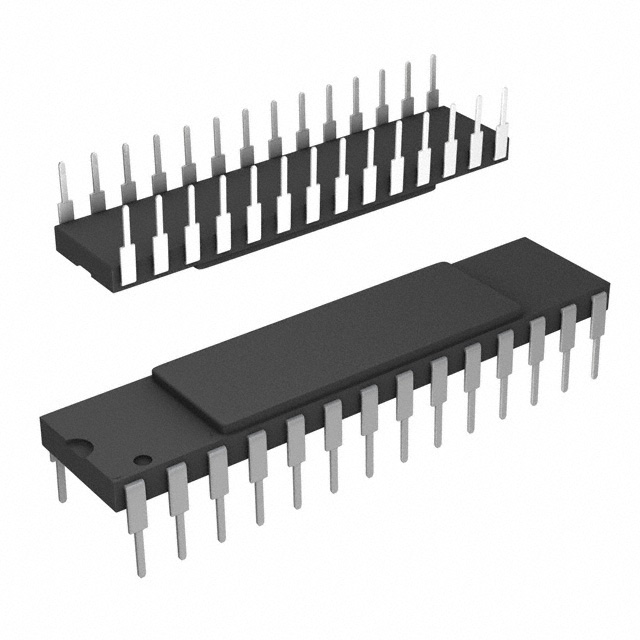Virtex® QPro™ Series, FPGAs (Field Programmable Gate Array)
Results:
4
Manufacturer
Series
Number of LABs/CLBs
Total RAM Bits
Number of I/O
Supplier Device Package
Package / Case
Number of Gates
Number of Logic Elements/Cells
Mounting Type
Operating Temperature
Grade
Qualification
Voltage - Supply
Results remaining:4
Applied Filters:
Virtex® QPro™
FPGAs (Field Programmable Gate Array)
Field Programmable Gate Arrays (FPGAs) are integrated circuits that can be reprogrammed to perform a wide range of digital functions. Unlike traditional fixed-function integrated circuits, FPGAs can be configured and customized by the user to implement specific logical operations, making them highly versatile and adaptable to different applications.
Functionality:
FPGAs consist of an array of configurable logic blocks (CLBs), interconnects, and embedded memory elements. These components can be programmed to create custom digital circuits and perform a variety of tasks, including data processing, signal manipulation, and control functions. The flexibility of FPGAs lies in their ability to be reconfigured as needed, allowing for rapid prototyping and development of complex digital systems.
Usage Scenarios:
FPGAs are used in a wide range of scenarios where customizable digital logic and high-performance processing capabilities are required. Some common usage scenarios include:
Prototyping and Development: FPGAs are popular for rapid prototyping and development of digital systems, allowing designers to test and iterate on different configurations without the need for custom silicon.
Digital Signal Processing: FPGAs excel at implementing digital signal processing algorithms for tasks such as audio and video processing, communications, and sensor data analysis.
High-Performance Computing: FPGAs can be used to accelerate specific computational tasks through parallel processing, making them suitable for high-performance computing applications.
Embedded Systems: FPGAs are employed in embedded systems to implement custom control and processing functions, especially in applications where off-the-shelf microcontrollers or processors may not provide the necessary performance or flexibility.
Usage Fields:
FPGAs have applications across various fields, including:
Telecommunications: FPGAs are used in telecommunications infrastructure for tasks such as signal processing, protocol handling, and network packet routing.
Aerospace and Defense: FPGAs find use in radar systems, avionics, and military applications where high reliability and real-time processing capabilities are essential.
Industrial Automation: FPGAs can be found in industrial control systems, robotics, and factory automation equipment for implementing custom control and monitoring functions.
Medical Imaging: FPGAs are utilized in medical imaging equipment such as MRI machines and ultrasound systems for real-time signal processing and image reconstruction.
In summary, FPGAs are reprogrammable integrated circuits that offer customizable digital logic and high-performance processing capabilities. They find applications in prototyping, digital signal processing, high-performance computing, embedded systems, and various fields including telecommunications, aerospace and defense, industrial automation, and medical imaging.


